calsfoundation@cals.org
Lyon College
Lyon College was founded in Batesville (Independence County) in 1872 as Arkansas College. Affiliated with the Presbyterian Church, it is the state’s oldest independent college still operating under its original charter.
When Batesville lost to Fayetteville (Washington County) in the bid for the state university in November 1871, Reverend Isaac J. Long and other ministers in the Arkansas Presbytery of the Presbyterian Church in the United States led the effort to establish a denominational college there. Located on the eastern edge of town, Arkansas College opened its doors in September 1872 with Long as president and only one other college-level faculty member. Typical of nineteenth-century denominational institutions, Arkansas College maintained a grammar school (which was phased out in the 1890s) and a secondary academy (discontinued in the 1920s), and featured a curriculum heavy on mathematics, the classical languages (Latin and Greek), and religious instruction.
Originally located on the block now occupied by the First Presbyterian Church of Batesville, the college remained under the guidance of the Long family for most of its first four decades; Isaac J. Long served as president from the college’s founding until his death in 1891, and his son, Eugene R. Long, served two terms as president (1891–1895 and 1897–1913). The college was, from its inception, nonsectarian in philosophy and coeducational. Arkansas College’s first class of graduates in 1876 included three young women who became the state’s first females to receive the AB (bachelor’s) degree.
The lack of access to secondary education in north central Arkansas and the state’s meager Presbyterian population kept Arkansas College small. Before World War I, college-level enrollment rarely exceeded 100, and there were no more than five full-time faculty, including the president. A post-war boom expanded enrollment to 200 students by the mid-1920s, however, and the college, whose tiny four-building campus had been surrounded by residences, looked to expand its physical plant by purchasing land in the East End Heights section of town, known after the college’s move as the “middle campus.” The post–World War I decade also witnessed modernization of the curriculum, including a nearly wholesale abandonment of the traditional classical curriculum, the adoption of semester “hours” and electives, and the introduction of fraternities and sororities, which quickly replaced the literary societies that had played an integral role in student life since the 1880s.
But the boom years of the 1920s faded quickly. The school’s first large fundraising drive drowned in the Flood of 1927, and Arkansas and Arkansas College sank into depression. By the early 1930s, the very survival of the college was in jeopardy; on two occasions the Synod of Arkansas came within a few votes of closing the school. Only the tireless efforts of a group of Batesville supporters and alumni prevented the Synod’s ax from falling, and only the timely generosity of a few Arkansas Presbyterian families sustained the school through the Depression.
World War II decimated the institution’s already small enrollment—the class of 1944 consisted of only two students—but Arkansas College received a new lease on life after the war as GIs filled classrooms into the early 1950s. In 1952, Dr. Paul M. McCain succeeded Reverend John D. Spragins as president of the college. The arrival of McCain, the first Arkansas College president with a university-earned Ph.D., marked a new era in the institution’s history, and his subsequent seventeen-year tenure witnessed a constant stream of change and progress.
The first and most obvious change was the move to a new campus. By the early 1950s, the college was, in effect, maintaining three small campuses spread over a one-mile stretch—the original block that contained all academic facilities; the “middle campus” consisting of a dormitory, gymnasium, baseball field, and a couple of college-owned residences; and the old Masonic Home for Orphans on the eastern edge of town, a 100-acre plot with three large brick buildings that the college had begun renting as dormitories shortly after World War II. Looking to consolidate the small college’s far-flung activities and provide room for future growth, McCain oversaw the move to the Masonic Home property, site of the current campus. The next decade and a half witnessed a frenzy of activity at Arkansas College—accreditation by the North Central Association in 1959, steady physical expansion during the 1960s, and demographic alteration of the student body through desegregation and heavy recruitment in the northeastern United States, where baby boomers threatened to overcrowd college classrooms in their own region.
The 1970s and 1980s brought further change as President Dan C. West oversaw the implementation of significant curricular reforms (including the adoption of a new core curriculum and the addition of many new non-traditional majors), the introduction of innovative fundraising techniques (including the creation of the college’s own for-profit development corporation), the establishment of an international studies program funded by a gift from former board of trustees president Shuford Nichols, and the development of the Scottish heritage program, which had come to be a defining symbol of the college by the twenty-first century. The bequest of more than $14 million by Jean Brown of Hot Springs (Garland County) in 1981—at the time the largest single gift to an institution of higher learning in Arkansas history—launched a drive that catapulted the college into the ranks of the nation’s best-endowed small colleges by the mid-1980s and paved the way for a dramatic expansion of scholarship funds and endowed faculty positions.
In the 1990s, President John V. Griffith utilized this momentum to place the college on the path to distinction while returning it to its more purely liberal arts roots. Among the innovations and changes of the decade were the implementation of an honor system and the development of a residential “house system.” In 1994, the board of trustees voted to change the name of Arkansas College to Lyon College, in honor of the half-century of service and support of former board president Frank Lyon Sr. of Little Rock (Pulaski County).
In the twenty-first century, Lyon College maintains its connection to the institution’s past through its traditional relationship with the Presbyterian Church in the USA, its selective enrollment, and its small student-to-teacher ratio. In 2009, Dr. Donald V. Weatherman, a former professor of political science at Lyon College, was named president. In 2014, the college added men’s football to its sports lineup, as well as men’s and women’s wrestling—the women’s team is the first of its kind in Arkansas. That same year, the college introduced a new core curriculum, called Educating Productive Involved Citizens (EPIC), emphasizing civic education. In October 2014, the college broke ground on two new residence halls. In the fall of 2014, enrollment was 713; this marked the largest enrollment in the school’s history. In 2015, Weatherman announced his intention to retire after the 2016–2017 school year, and Dr. W. Joseph King was selected to be the next president. His tenure lasted until August 2021, and Melissa Taverner took over as interim president, being confirmed as president the following February.
In April 2022, Taverner announced that the college was developing plans to establish the state’s first veterinary and dental schools in Little Rock. In June 2023, it was announced that the college would begin offering in the fall its first master’s degree, a Master of Arts in Teaching. Enrollment in fall 2023 was 587. After an attempt to locate the two new schools at the Heifer International building in Little Rock fell through, the college announced in early May 2024 that the dental school would still be established in Little Rock, but that the veterinary school would be located in Cabot (Lonoke County). The first class for the dental school, located in Little Rock’s Riverdale Plaza, was held in 2025 and included eighty students. Enrollment for Lyon College stood at 781 in the fall of 2025.
For additional information:
Anderson, Ryan. “Lyon College Dental School Draws Praise.” Arkansas Democrat-Gazette, July 26, 2024, pp. 1B, 3B. Online at https://www.arkansasonline.com/news/2024/jul/25/lyon-college-holds-groundbreaking-in-little-rock/ (accessed September 13, 2024).
“Arkansas College, 1872–1972.” Special issue, Independence County Chronicle 14 (October 1972).
Blevins, Brooks. Lyon College, 1872–2002: The Perseverance and Promise of an Arkansas College. Fayetteville: University of Arkansas Press, 2003.
Lyon College. http://www.lyon.edu (accessed September 13, 2024).
Mabury, David. “Lyon Roars.” Arkansas Times, March 3, 1994, pp. 14–15.
Brooks Blevins
Lyon College

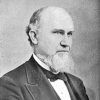
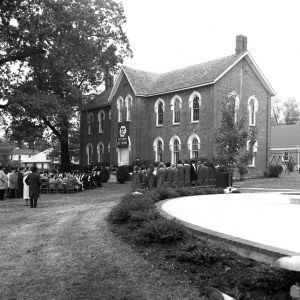 Arkansas College
Arkansas College 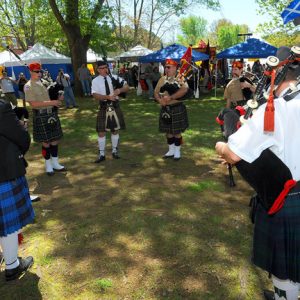 Arkansas Scottish Festival
Arkansas Scottish Festival  Grigsby House
Grigsby House  Andrea Hollander
Andrea Hollander 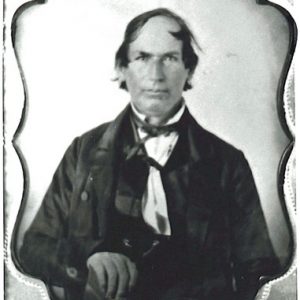 Aaron Lyon
Aaron Lyon 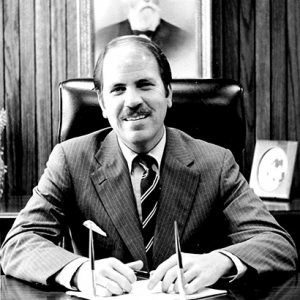 Dan C. West
Dan C. West 



Comments
No comments on this entry yet.